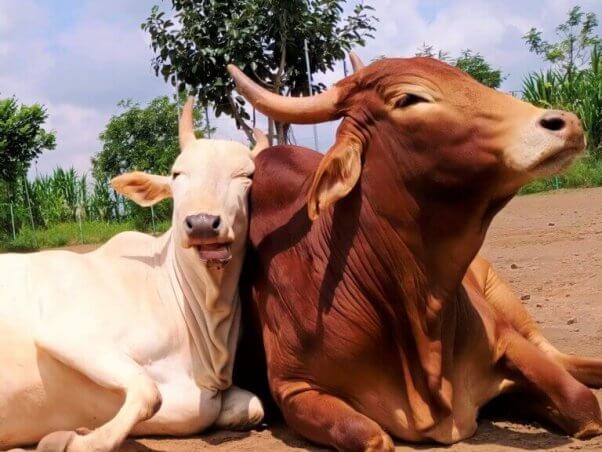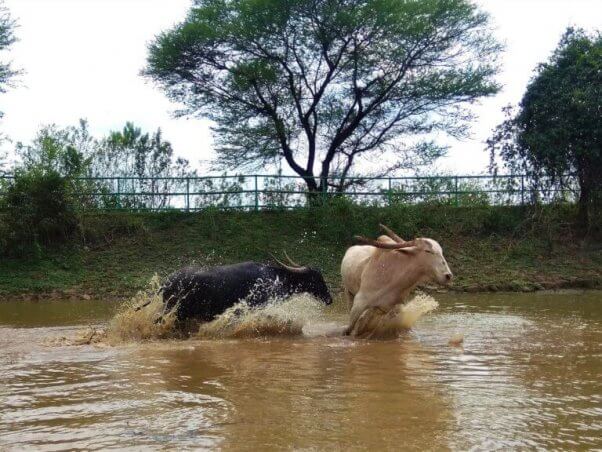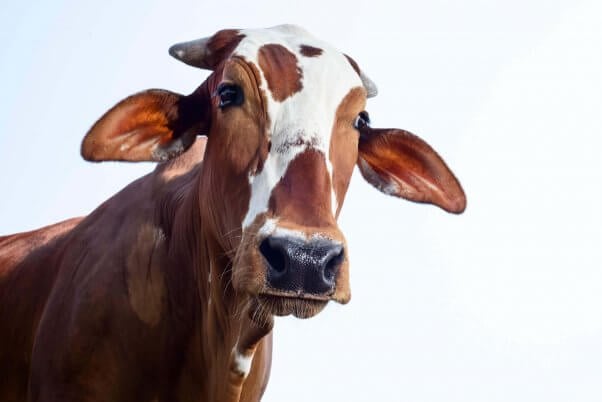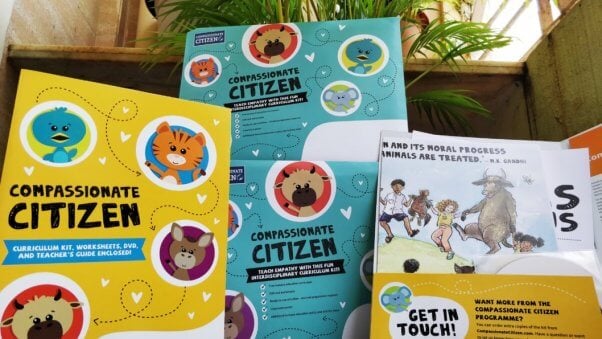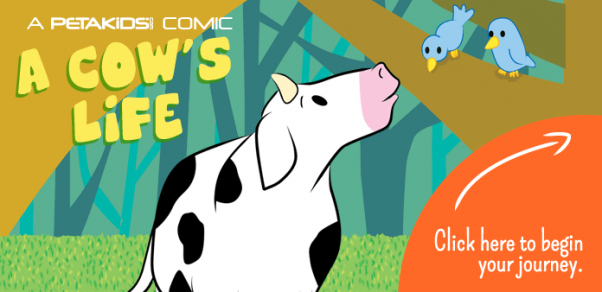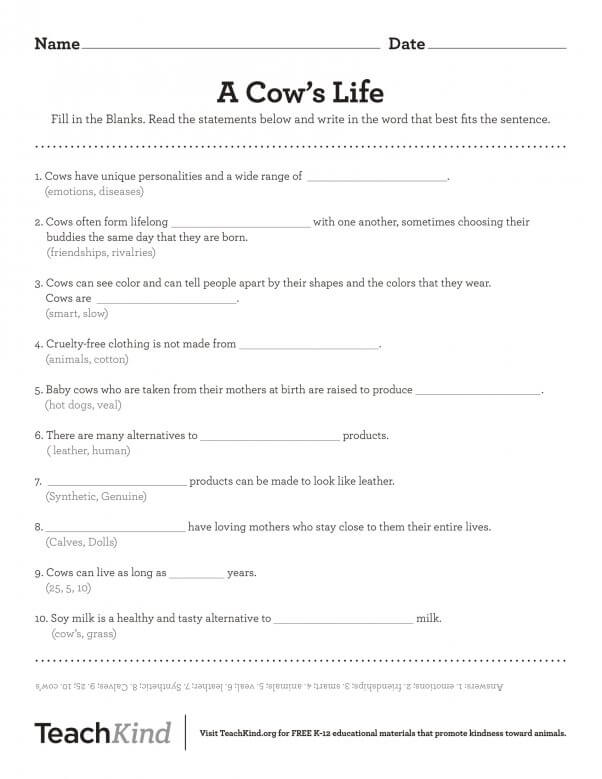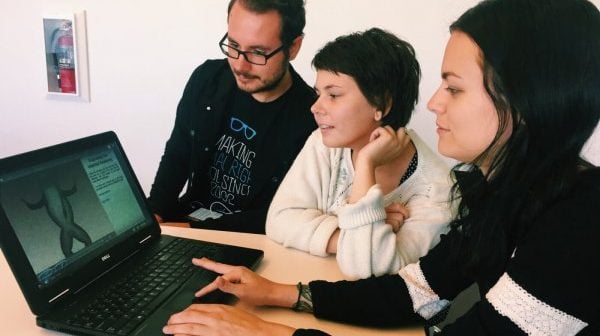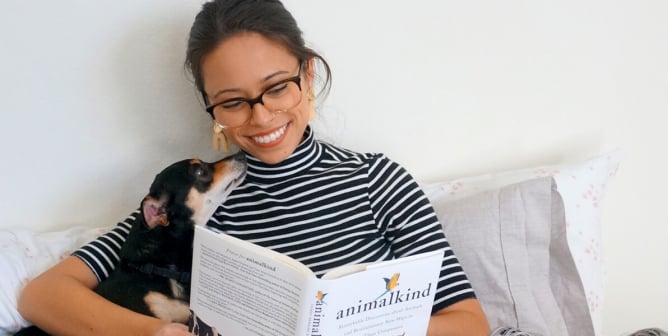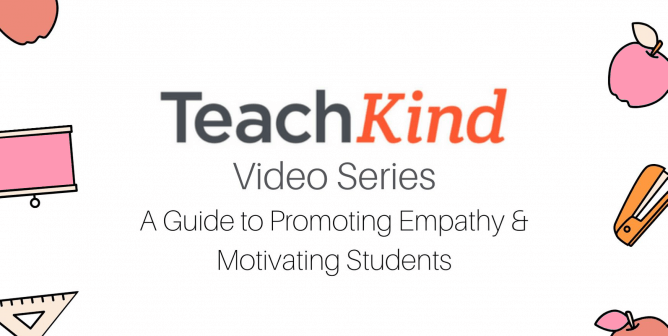3 Animal-Friendly Ways to Celebrate the ‘Year of the Ox’ With Your Class
Happy Lunar New Year! We’ve entered the Year of the Ox. According to TheChineseZodiac.org, 2021 will be a time “perfect to focus on relationships,” which makes sense considering that oxen and other members of the bovine family form close bonds with one another and have been known to go to great lengths to reunite with their family members when separated from them. This is an excellent opportunity to reconsider our relationship with these gentle and emotionally complex animals.
Also known as “bullocks,” oxen are among the most abused animals forced to work in India and other parts of the world. They’re commonly used for backbreaking tasks like pulling carts piled high with up to 4 tons of sugarcane or other goods like metal pipes and cinderblocks. Sometimes, they’re forced to haul such loads on busy city streets filled with traffic and automobile exhaust. To make them move faster or be more obedient, they’re tortured with whips, nose ropes, and other devices that cause pain and injury. When their owners no longer consider them useful, oxen and other working animals are killed so that their skins can be turned into leather.
Check out these three activities about oxen that will help instill compassion for animals in your students and get them excited about honoring animals during the Year of the Ox. If you’ve already covered the Lunar New Year in your classroom, any of these activities can serve as a perfect follow-up to your discussion. And if you haven’t, you now have a great reason to do so.
1. Discover Animal Rahat
Helping oxen and other working animals is one of the goals of Animal Rahat (“rahat” means “relief” in Hindi), an Indian animal protection organization supported by PETA projects. Through the power of technology, your students can “visit” Animal Rahat’s 10-acre sanctuary, which serves as an oasis for rescued and retired animals. It’s a peaceful place for them to live out their days in comfort and safety with the best care available. Share these interesting facts about this sanctuary with your students (or have them read about the sanctuary here):
- The Animal Rahat sanctuary in Sangli, India, includes a surgical facility, a kitchen, a classroom, sand beds, self-grooming posts, shade canopies, and plenty of room for the residents to rest or run and play together.
- Close to 100 residents—including oxen, cows, water buffaloes, horses, camels, and dogs—call the sanctuary home. They come from all sorts of situations—some were previously made to do hard labor in the sugar trade or perform in circuses, while others were rescued after being orphaned or abandoned or sustaining life-threatening injuries.
- The sanctuary also hosts visits from local schoolchildren as well as workshops and demonstrations for animal owners and veterinarians on topics such as proper grooming techniques.
Students can also read about the sanctuary residents, like Caro, a young ox who came to live there in 2017 after having to fend for himself on the streets. He was rescued by Animal Rahat staffers who saw him with a large, deep wound covered with maggots on his nasal bridge, an injury caused by an embedded face halter. After getting him treatment in town, the team transported him to the sanctuary. Since arriving, he’s reached a healthy weight and developed friendships with other residents. He especially enjoys roaming the sanctuary grounds with his buddies Hiren, Munna, and Sunder.
If your class is able to do so, sponsoring an animal who lives at Animal Rahat’s sanctuary is an easy way to help ensure that animals like Caro get the care that they need. Students will enjoy knowing the name and the rescue story of the animal your class sponsors and can stay up to date on their life by following the Animal Rahat website. Just look how many animals the group was able to help in 2020 alone:
2. Let ‘Compassionate Citizen’ Inspire Your Students
You may be familiar with TeachKind’s “Share the World” program, our empathy-building curriculum designed to empower elementary school students to extend the Golden Rule to all living, feeling beings. Well, PETA India has a similar program called Compassionate Citizen, which has been used in many schools and has reached nearly 60.3 million children across India. As you complete “Share the World” with your students, show them that on the other side of the globe, children just like them are learning to be kind and respectful to animals, too. Point out that although some animals in India face challenges different from those in the U.S., it’s important to recognize that all animals can suffer and therefore deserve our consideration.
You might want to point out that the cover of the Compassionate Citizen program looks very similar to that of “Share the World”—but then ask students to spot the differences. They’ll notice that an ox and a donkey are on the Compassionate Citizen cover, while a raccoon and a frog are on the “Share the World” cover. Have them consider why this may be. Explain that in India and other parts of the world, it’s common for oxen, donkeys, horses, and other animals to be forced to pull unbalanced or overloaded carts using improperly fitting harnesses that can cut into their flesh. Children who grow up seeing this don’t always recognize it as cruel—just as children here in the U.S. who grow up seeing dogs chained up outside 24/7, for example, might not recognize that as cruel—so they must be made aware through empathy-building programs.
Have your students consider common practices here in the U.S. that are harmful to animals—like chaining dogs or forcing cows, horses, and other animals to participate in rodeo events—and why it’s important to know how to treat animals with kindness. Ask them, “What might happen if children are not taught to treat animals with kindness?” and “What should you do if you see an animal who is not being treated with kindness?”
3. Learn About the Cruelty Behind Leather and How to Help Animals, With A Cow’s Life
Most leather comes from developing countries such as India and China, where animal welfare laws are either nonexistent or not enforced. Your students may be surprised to learn that their shoes or belt may be made out of the skin of an ox like Caro—but leather can also be made out of the skin of pigs, goats, and sheep; exotic animals such as alligators, ostriches, and kangaroos; and even dogs and cats. Many animals killed for their skin live in extremely crowded and filthy conditions, they’re denied veterinary care when they become sick or injured, and workers may brand them, dock their tails, or remove their horns without painkillers. Point out to students that because leather is normally not labeled, it’s hard to tell where (or whom) it came from. No one wants to be killed so that their skin can be turned into shoes, belts, bags, clothes, or sports equipment.
The good news is that finding warm, stylish, durable clothing and accessories made of non-animal materials, like synthetics or plant-derived materials, is convenient and affordable. Teach your students about the cruelty in the leather industry and how easy it is to help animals used for their skin with PETA Kids’ kid-friendly comic book A Cow’s Life. In the story, three students start out clothes shopping and end up at an animal sanctuary, where they learn that cows are killed for leather. They also learn about the fun and fashionable world of animal-free clothing options. You can order the comic book here or click below to view it online and print it for your students.
Once your students have read the comic, have them complete the Fill in the Blanks and Discussion and Reading Questions worksheets to help them process the material and learn more about cows and animal-free clothing.
To further their understanding of the information presented in the comic and to help them practice literacy skills, have your students use TeachKind’s inference task cards and play our main idea sorting game.

